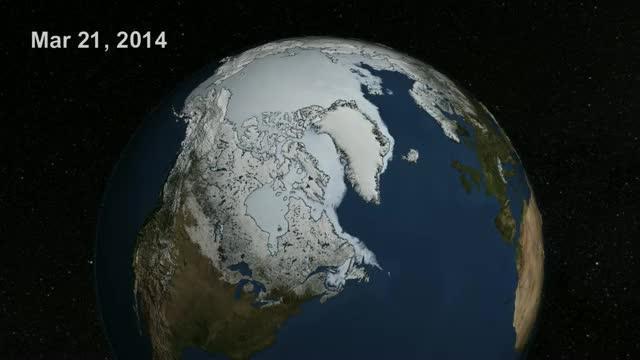BLOOMINGTON, Ind. -- Research by Indiana University geologists suggests that an intermediate amount of vegetation -- not too little and not too much -- is most effective at stabilizing freshwater river deltas.
The study, "Optimum vegetation height and density for inorganic sedimentation in deltaic marshes," was published online Aug. 24 by Nature Geoscience. The findings may help guide restoration of river deltas, such as those near the mouth of the Mississippi River, which are under threat as sea levels rise.
